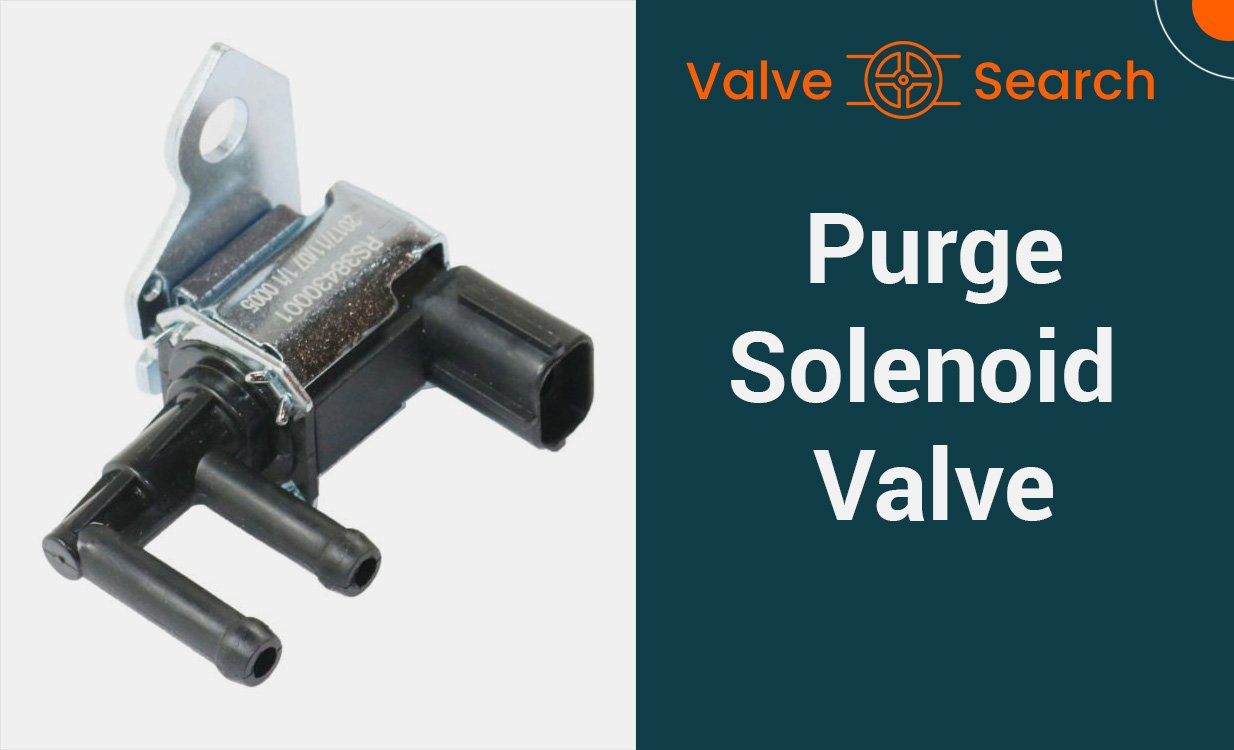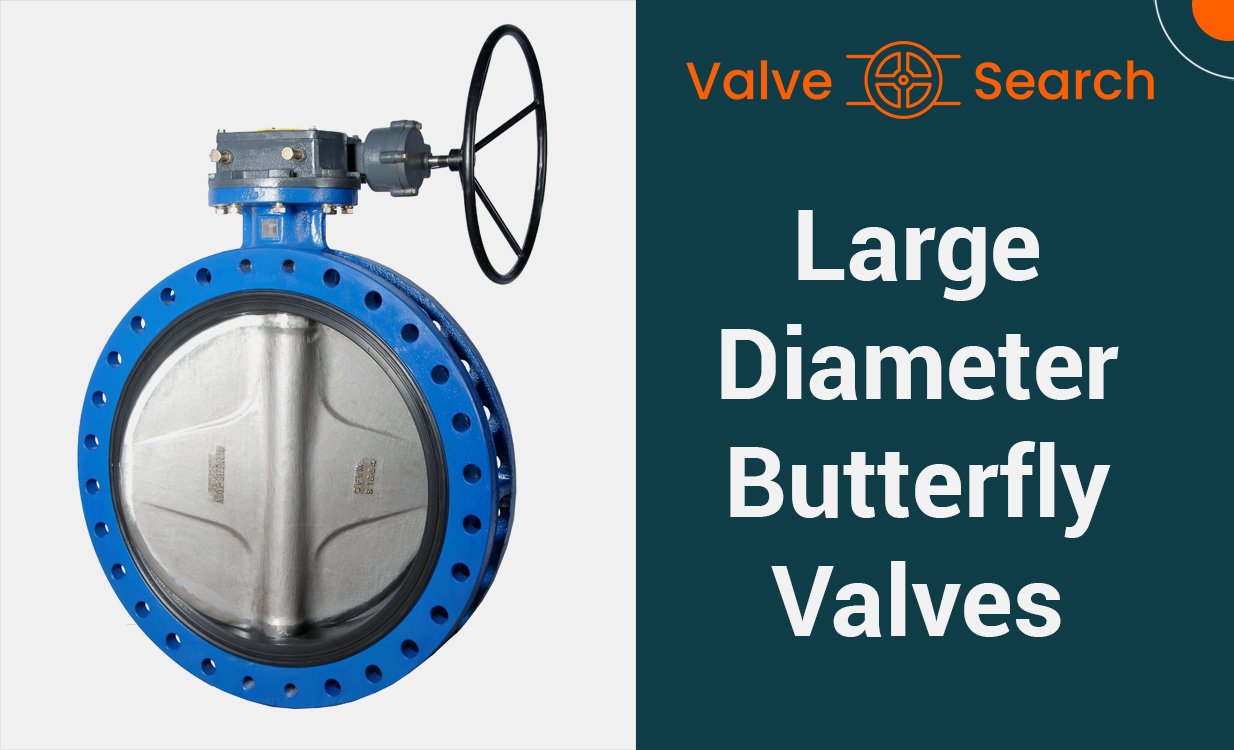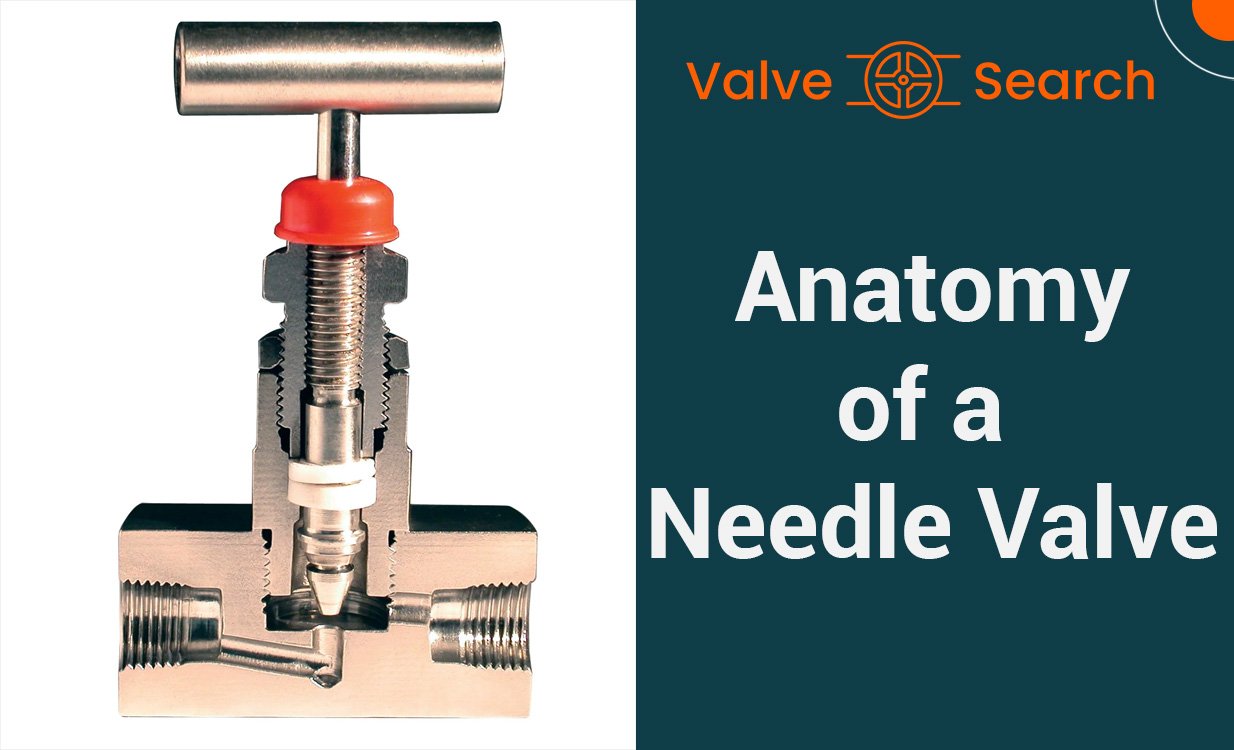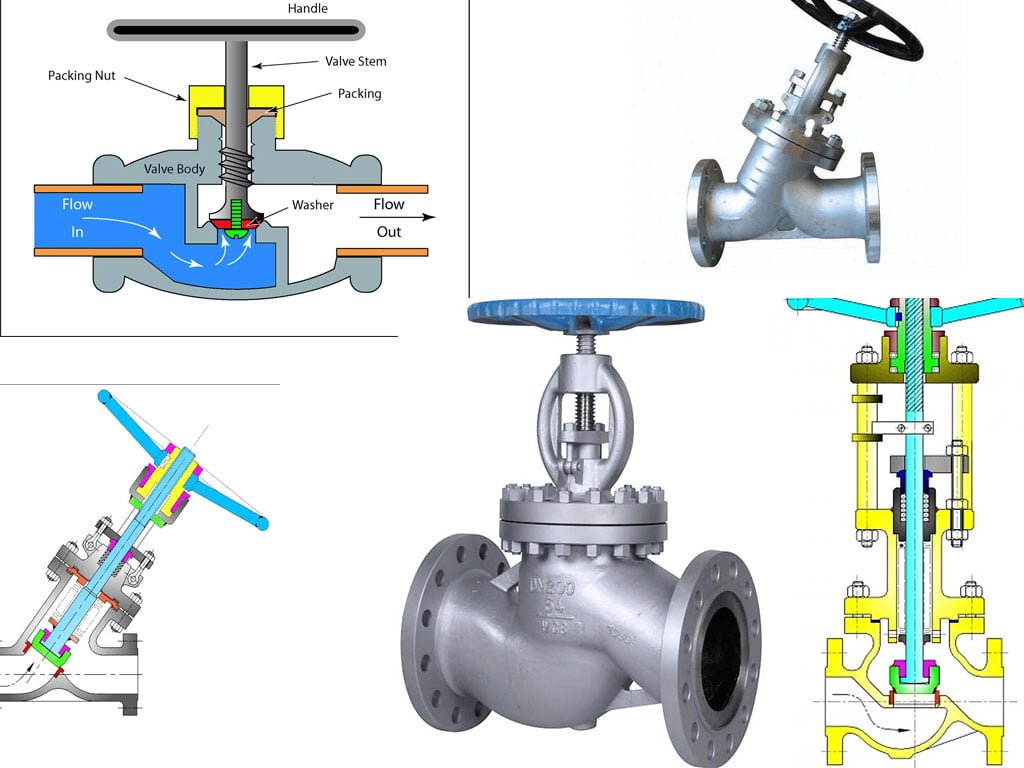Angle Globe Valves: Handling Pulsating Flow in Industrial Applications

Table of Contents
ToggleIndustrial Case Study: Angle Globe Valves for Pulsating Flow in Industrial Applications
When it comes to handling pulsating flow in industrial applications, angle globe valves play a crucial role. These valves are commonly utilized in various settings such as steam systems, HVAC systems, process industries, water treatment plants, refining and petrochemical industries, and fire protection systems. Their ability to regulate and control the flow of fluids and gases under high-pressure and high-temperature conditions makes them indispensable in these applications. In this case study, we will delve into the industrial applications of angle globe valves in these critical environments.
What is an Angle Globe Valve?
- Angle globe valves are designed to regulate and control the flow of fluid in a pipeline system, particularly in applications involving pulsating flow.
- The angle globe valve is specifically engineered to handle the challenges posed by pulsating flow, providing precise control and minimizing potential damage to the valve and the overall system.
- These valves feature an angled body, which allows for a more gradual change in flow direction, reducing the impact of pulsations and turbulence within the valve.
- The design of angle globe valves for pulsating flow includes a streamlined flow path, which helps to minimize pressure drop and maintain efficient flow control, even in pulsating flow conditions.
- The valve’s trim and seating are meticulously designed to ensure tight shut-off and minimize the effects of wear and erosion caused by pulsating flow.
- In applications with pulsating flow, angle globe valves play a crucial role in maintaining system stability and protecting downstream components from damage or excessive wear.
- Proper selection and sizing of angle globe valves for pulsating flow are essential to ensure optimal performance and longevity in challenging flow conditions.
Understanding Angle Globe Valves
Design and Functionality of Angle Globe Valves
Angle globe valves are designed to regulate, stop, and start fluid flow. The design includes a baffle, which directs the flow, and a movable plug that can be adjusted to control the flow rate. The angle configuration of the inlet and outlet allows for a change in flow direction, making these valves suitable for applications involving pulsating flows. The valve stem and seat are aligned at a right angle, creating a 90-degree bend in the flow path. This design feature facilitates efficient throttling and shut-off, making angle globe valves ideal for handling pulsating flow in industrial settings.
Advantages of Using Angle Globe Valves in Industrial Settings
Precise Flow Control: Angle globe valves provide accurate and precise control over the flow of various fluids, including those with pulsating flow characteristics. The angular design enables gradual and smooth adjustments, ensuring optimal flow regulation in industrial processes.
Versatility: These valves are versatile and can handle a wide range of pressures and temperatures, making them suitable for diverse industrial applications. Their ability to handle pulsating flow further enhances their versatility in challenging operating conditions.
Reliability: Angle globe valves are known for their robust construction, which enhances their durability and reliability in demanding industrial environments. Their capability to withstand pulsating flow conditions adds to their reliability, ensuring consistent performance over extended periods.
Customization Options: Manufacturers offer angle globe valves in various materials, sizes, and configurations to meet specific industrial requirements. This customization capability allows for tailored solutions to effectively manage pulsating flow in different industrial processes.
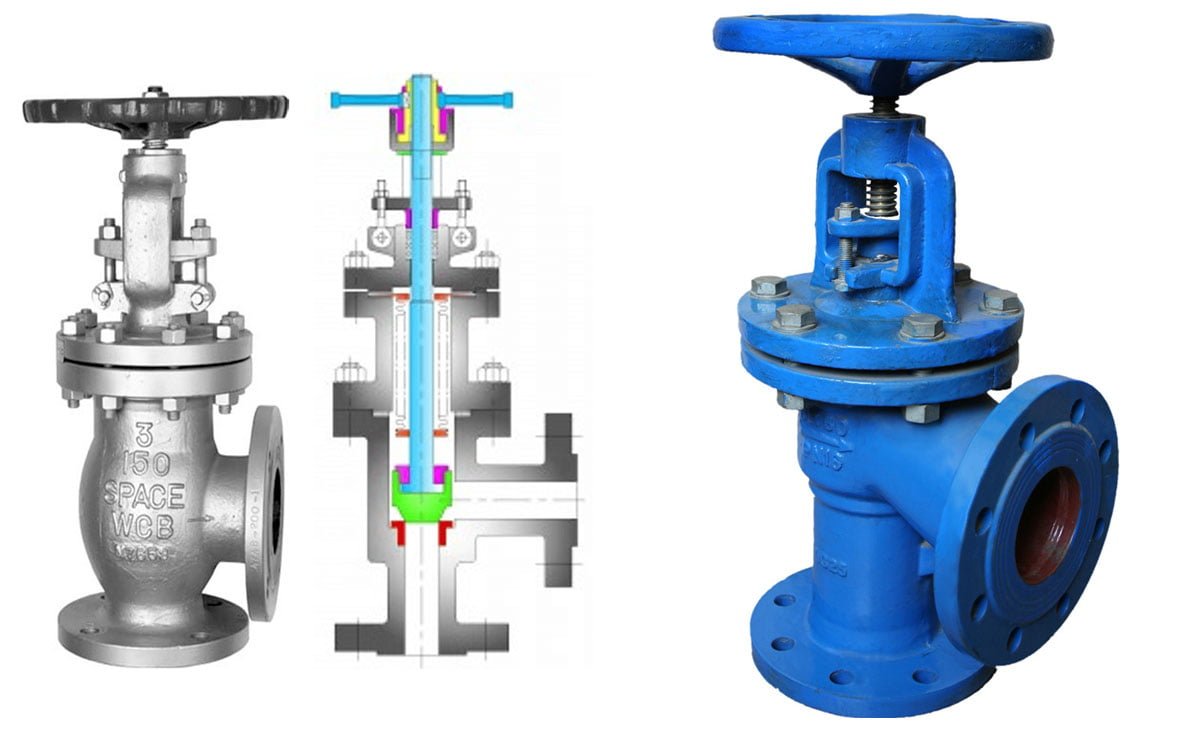
Pulsating Flow: Challenges and Dynamics
Pulsatile flow refers to the irregular and fluctuating motion of a fluid within a system. It commonly occurs in industrial settings where the flow rate alternates between high and low values, creating challenges for valve performance and system stability.
What is Pulsating Flow?
Pulsatile flow is characterized by its unpredictable nature, resembling the ebb and flow of waves on the shore. This irregular movement differs from the steady, uniform flow found in traditional systems. The fluid’s behavior can be likened to the erratic rhythm of a heartbeat, with alternating surges and pauses.
Impacts of Pulsating Flow on Valve Performance
The dynamic nature of pulsating flow presents unique challenges for valves. The rapid changes in flow rate and pressure can subject valves to increased mechanical stress, potentially leading to premature wear and reduced operational lifespan. Moreover, the fluctuating forces exerted on the valve components can affect their stability and reliability, compromising the overall performance of the system.
It is essential to comprehend the intricate dynamics of pulsating flow and its implications for valve operations to address these challenges effectively.
Case Study Overview: Angle Globe Valves in Action
Industry Focus
In the world of industrial applications, the proper functioning of angle globe valves plays a crucial role in managing pulsating flow. Various industries, such as oil and gas, chemical processing, power generation, and water treatment, rely on the efficient operation of angle globe valves to handle the challenges posed by pulsating flow dynamics.
The Problem
Pulsating flow brings about a unique set of challenges for industrial processes. The fluctuating pressure and flow rates can lead to issues such as water hammer, vibration, and noise, which can compromise the integrity of the system and lead to operational inefficiencies. In such scenarios, it becomes imperative to select valves that can effectively address these challenges and ensure smooth and reliable operation.
Valve Selection Criteria for Pulsating Flow
When it comes to handling pulsating flow, the selection of angle globe valves becomes a critical decision. The valves must possess the capability to withstand the repetitive pressure variations and rapid flow changes associated with pulsating flow. Factors such as the valve’s design, material construction, and control characteristics need to be carefully evaluated to ensure optimal performance and longevity in managing pulsating flow dynamics.
In the face of pulsating flow challenges, the selection of angle globe valves must be driven by a comprehensive understanding of the flow profile, pressure fluctuations, and system requirements to mitigate the detrimental effects of pulsations and maintain operational stability and efficiency.
Implementation of Angle Globe Valves
Installation and Setup
When incorporating angle globe valves into an industrial setup, installation and setup are critical components that directly impact the functionality of the valves. Proper installation includes positioning the valves to ensure optimal performance and minimal maintenance. It involves securely mounting the valves, aligning them with the piping system, and adequately sealing any potential leakage points. During setup, it is essential to calibrate the valves to align with the specific requirements of the industrial application, ensuring efficient and precise operation.
Customizations for Pulsating Flow Conditions
In handling pulsating flow, customizing angle globe valves is imperative to mitigate the challenges posed by fluctuating pressure and flow rates. To address this, implementing customizations such as specialized trim designs, elastomer materials, and anti-cavitation features can enhance the valves’ capacity to manage pulsating flow conditions effectively. Additionally, leveraging advanced control systems and digital monitoring tools can provide real-time insights into flow variations, enabling proactive adjustments to maintain operational stability.
By integrating these customizations and paying meticulous attention to installation and setup processes, industrial applications can harness the full potential of angle globe valves in handling pulsating flow, ensuring reliable and efficient operations amidst dynamic flow dynamics.
Results and Performance Analysis
Analyzing the results and performance of angle globe valves in handling pulsating flow reveals significant operational improvements and enhanced quantitative metrics.
Operational Improvements Noted
The implementation of angle globe valves in managing pulsating flow has led to notable operational improvements. These valves have effectively minimized pressure surges and fluctuations, thereby ensuring a more stable flow within industrial applications. Additionally, the precise control offered by these valves has resulted in enhanced overall operational efficiency and process stability.
Maintenance and Longevity Under Pulsating Conditions
Under pulsating conditions, angle globe valves have exhibited remarkable longevity and reliability. Through their robust design and construction, these valves have effectively withstood the challenging operating environment, requiring minimal maintenance interventions. Their ability to endure pulsating conditions without compromising performance has significantly contributed to the overall reliability of the industrial systems they serve.
Quantitative Performance Metrics
Quantitatively, the performance of angle globe valves in handling pulsating flow has been exemplary. Their ability to maintain consistent flow rates and pressure levels has resulted in improved process outcomes and reduced energy consumption. Furthermore, the precise control and responsiveness of these valves have translated into enhanced accuracy and repeatability, leading to measurable gains in operational efficiency and productivity.
The performance analysis of angle globe valves in industrial applications highlights their capability to deliver operational enhancements, withstand pulsating conditions, and improve quantitative performance metrics.
Comparing Angle Globe Valves with Alternative Solutions
In any industrial application involving pulsating flow, the choice of valve is crucial to the overall efficiency and performance of the system. When comparing angle globe valves with alternative solutions such as ball valves and gate valves in handling pulsating flow, it’s essential to consider factors such as flow control, pressure drop, and maintenance requirements.
Ball Valves and Gate Valves in Pulsating Flow
Ball valves are known for their quick quarter-turn operation, making them suitable for on/off applications. However, their design may not be ideal for precise flow control in pulsating flow scenarios. The ball inside the valve can create turbulence, leading to flow fluctuations and potential damage to the system components.
On the other hand, gate valves, with their simple sliding gate design, offer reliable shutoff capabilities. In pulsating flow, gate valves may struggle to maintain consistent flow due to the potential of the gate chattering against the flow. This can lead to flow irregularities and system inefficiencies.
Cost-Benefit Analysis of Valve Selection
When evaluating the cost-benefit of valve selection for handling pulsating flow, it’s crucial to consider not only the initial purchase cost but also the long-term operational expenses. Angle globe valves, with their ability to regulate flow precisely and mitigate pulsations, can contribute to reduced wear and tear on the system, potentially lowering maintenance and replacement costs over time.
Additionally, the energy efficiency achieved through accurate flow control with angle globe valves can result in cost savings in the form of reduced power consumption. This is a significant consideration, especially in industrial settings where energy costs are a substantial portion of the operational expenses.
In conclusion, while ball valves and gate valves have their uses in specific applications, angle globe valves offer distinct advantages in handling pulsating flow. Their precise flow control capabilities and potential for long-term cost savings make them a favorable choice for industrial applications where managing pulsations is critical.
Best Practices in Handling Pulsating Flow with Angle Globe Valves
Pulsating flow in industrial applications presents unique challenges that require specialized solutions for efficient handling. Angle globe valves are a critical component in managing pulsating flow, and understanding best practices is essential for ensuring optimal performance and longevity in industrial settings.
Recommendations for Industrial Applications
In industrial settings, it is crucial to select angle globe valves that are specifically designed to handle pulsating flow. These valves are adept at managing the fluctuations in flow and pressure that are characteristic of pulsating flow scenarios. Proper valve sizing and selection are fundamental to ensure compatibility with the system’s flow dynamics and operational requirements.
Moreover, regular maintenance and monitoring of angle globe valves are imperative to uphold performance standards. This includes periodic inspections, valve testing, and proactive measures to address any potential issues that may arise due to the demanding nature of pulsating flow.
Future Trends in Valve Technology for Pulsating Flow
As technology advances, the future of valve technology for handling pulsating flow in industrial applications is primed for significant developments. Manufacturers are actively pursuing innovative solutions that enhance the efficiency and resilience of angle globe valves in addressing pulsating flow challenges.
One notable trend is the integration of smart valve technologies, including advanced monitoring and control systems that enable real-time data acquisition and analysis. These smart valves are poised to revolutionize industrial fluid handling by providing actionable insights and predictive maintenance capabilities, thereby optimizing operational efficiency and mitigating potential downtime associated with pulsating flow conditions.
Additionally, advancements in materials science and engineering are driving the development of angle globe valves with enhanced durability and corrosion resistance, further bolstering their suitability for pulsating flow applications. These material innovations contribute to prolonging valve service life and reducing the need for frequent replacements or repairs, thereby yielding substantial cost savings and operational sustainability.
In conclusion, staying abreast of emerging trends and best practices in handling pulsating flow with angle globe valves is paramount for industrial operators and engineers seeking to streamline operations and maximize system performance under challenging pulsating flow conditions. By embracing these recommendations and remaining attentive to future technological advancements, industrial applications can effectively navigate the complexities of pulsating flow and ensure the longevity and reliability of their fluid handling systems.
Conclusion
In conclusion, angle globe valves play a crucial role in handling pulsating flow in various industrial applications. From steam systems to water treatment plants and fire protection systems, these valves offer precise flow control, reliability, and durability. When selecting a supplier for angle globe valves, it’s important to consider factors such as quality, product range, customization options, competitive pricing, and customer support to ensure the valves align with your specific application requirements and provide long-term value.


